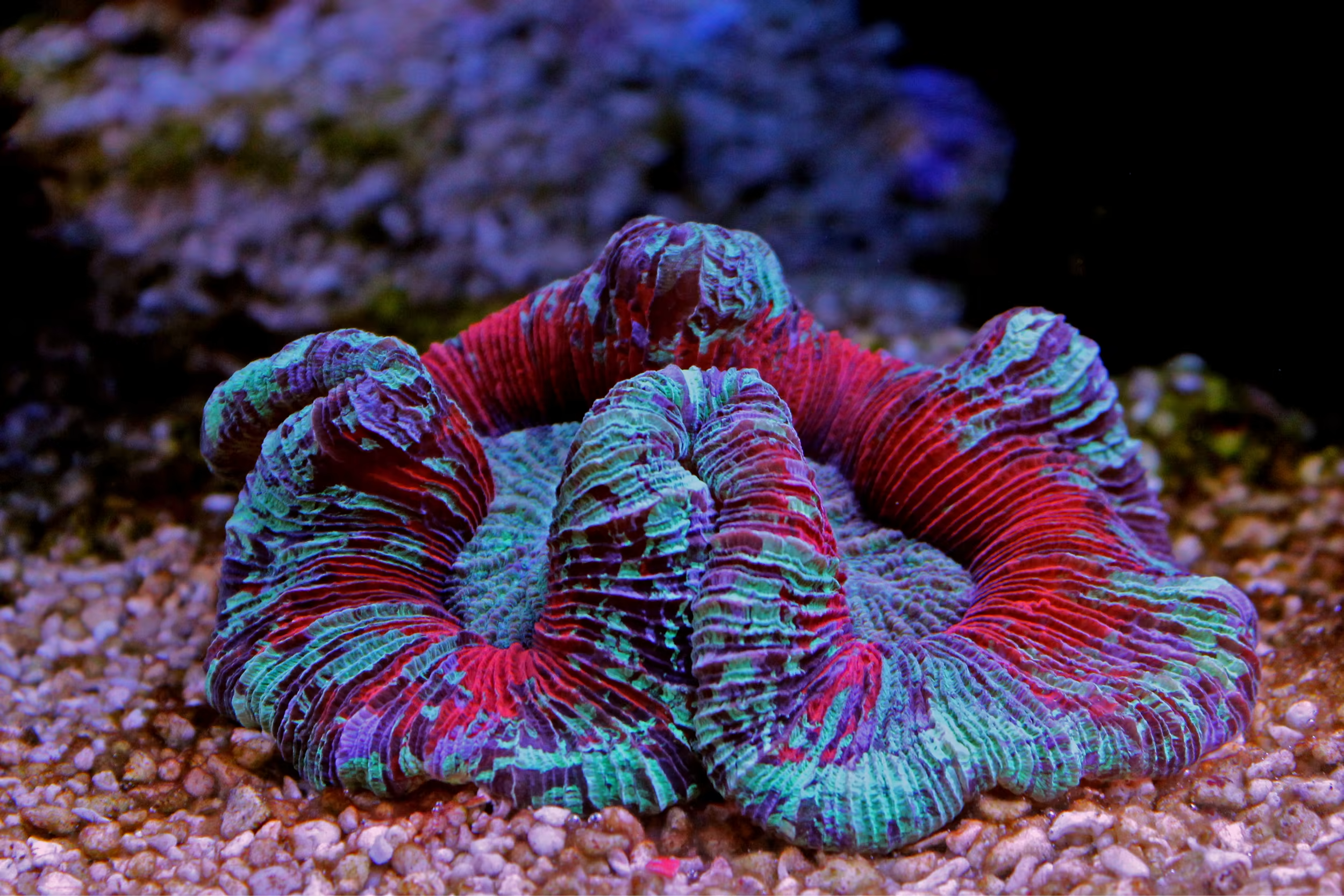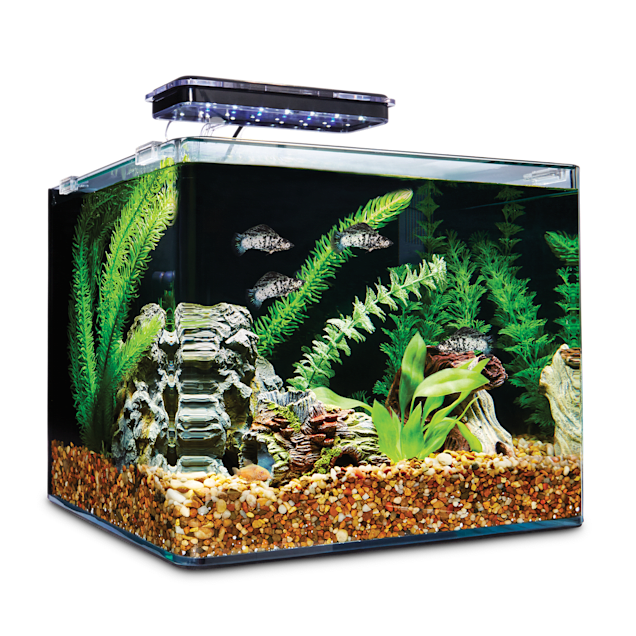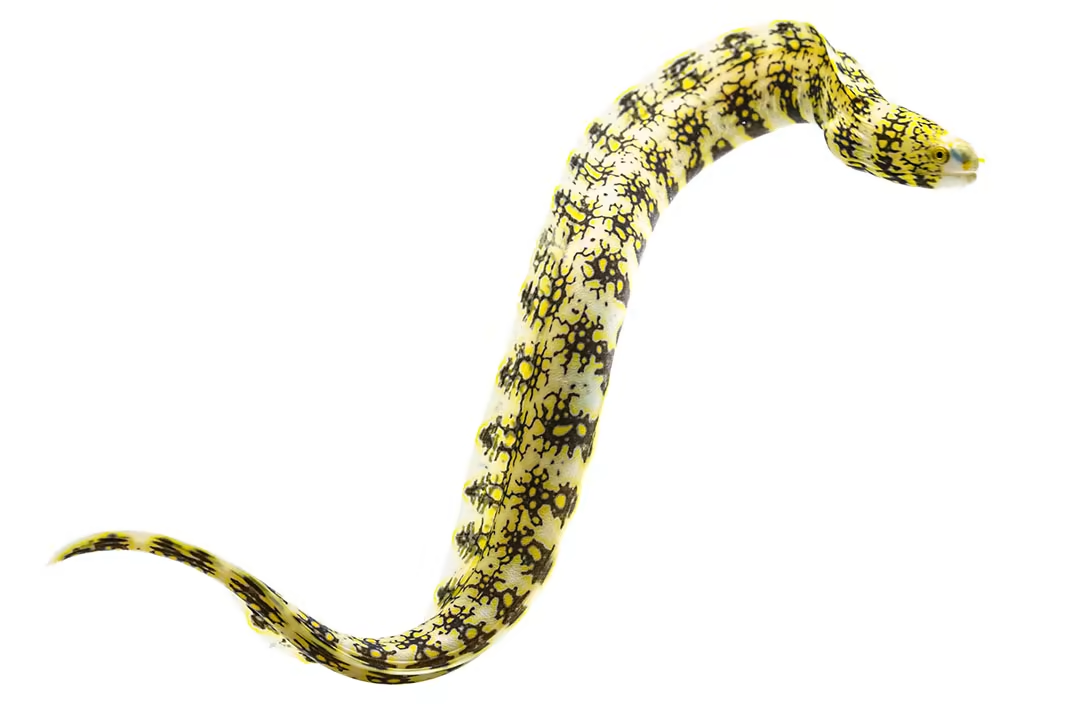
CO2 in Aquariums: What You Need to Know
The benefits of adding live plants to your aquarium make them an attractive option to support the well-being of your aquatic life and create a visually appealing habitat in your home. If you’ve already added plants to your aquarium or are considering doing so, understanding how adding carbon dioxide to your tank can affect your plant life—and how to maintain the proper CO2 levels—is key.
Before delving into the specifics of CO2—and how much you’ll want in your aquarium—let’s begin with the basics.
Why you need plants in your aquarium
Plants, while pretty to look at, also help promote a healthy aquarium setting by producing essential oxygen and absorbing CO2 and ammonia generated by fish. In nature, fish are surrounded by plant life that helps build a complete ecosystem. Adding live plants to your own aquarium is one of the best ways to replicate that environment. Since plants need CO2 to grow, it naturally follows that one of the best ways to keep plants healthy is by adding a little extra CO2 to the aquarium water.
Why add CO2 to your aquarium
While your aquarium’s water naturally contains some CO2 given off by the fish, adding a small amount in a healthy manner can help your plant life thrive—supporting growth and lushness. Adding CO2 can be done by using:
- Pressurized CO2 bottles: Pressurized CO2 comes in a variety of sizes, which makes them easy to match with any number of aquarium sizes. Most pressurized systems now come with regulators that allow you to control the specific amount of CO2 that you want added to your ecosystem, as well as monitoring systems that work with your aquarium’s natural needs to avoid swift pH swings at night that could harm your fish. This option tends to be fairly easy to set up and maintain, and you can usually find everything you’ll need to get things started with a starter kit.
- CO2 liquids: Rather than delivering exact CO2 to your aquarium plants, CO2 liquids—like Seachem Flourish Excel, for example—deliver a liquid formulation of carbon that can be beneficial for smaller tanks with lower overall carbon dioxide requirements. As opposed to the regulated pressurized CO2 bottles, CO2 liquids need constant monitoring and adjusting.
CO2 mistakes to avoid
As with most things in life, too much of a good thing is…well…not good.
“While a small increase in the amount of CO2 in the water causes lush plant growth, too much CO2 can be toxic to aquatic life,” says Don Spaeth, a Petco program manager and aquatic life specialist.
Besides closely monitoring the amount of CO2 you add to your aquarium, there are some other considerations to take to mind—and potentially avoid—as well:
- Dry ice: Never add dry ice to your aquarium. While dry ice does release carbon dioxide, “when placed into water, dry ice has an explosive reaction, causing large, violent bubbles,” says Spaeth. “When trying to feed plants with CO2, any excessive agitation of the water surface or bubbling of air through the water will cause the CO2 to escape into the atmosphere just about as quickly as you can add it, providing very little usable CO2 for the plants.” Besides that, dry ice contains an oil that is unhealthy for aquatic life, and there are human safety risks to handling it, too.
- CO2 tabs: For any aquarium other than very, very small ones, CO2 tabs are likely going to be inefficient when it comes to long-term use.
- Monitoring CO2 levels: Adding CO2 to your aquarium is not a set-it-and-forget it type of task. Monitoring your carbon dioxide levels along with the rest of your water’s health is essential to ensure that it remains in a healthy range for your aquatic life.
With a little forethought, it’s possible to produce an aquarium setting for your fish that is not only beautiful but also safe and healthy. Consult your veterinarian and check out Petco’s guides and resources to make sure you have everything you need.
Related Articles
Related Questions

Sponsored
Two Easy Ways to Start Earning Rewards!
Become a member today!Members-only pricing and offers, personalized care notifications, Vital Care points back on every purchase and more!Become a credit card member today!
Earn 2X Pals Rewards points at Petco
when you use Petco Pay!APPLY NOWLearn More About Petco Pay Benefits






